Reviewed by Julianne Ngirngir
Getting a new Galaxy Watch paired with your Samsung phone is exciting, but that excitement can quickly turn to frustration if you're charging your watch every night. The good news? There's one battery setting that can dramatically extend your watch's life – and it takes just 30 seconds to configure.
What You Need to Know:
Frequent Syncing is the silent battery killer – Samsung users report disabling this feature can extend battery life significantly
Smart configuration beats constant charging – one user achieved over 65 hours of battery life with proper settings
The 44mm Galaxy Watch 7 comes with a 425mAh battery; the 40mm version has just 300mAh to work with
PRO TIP: Don't skip the battery optimization during initial setup – it's easier to configure everything at once than hunt down these settings later.
Why frequent syncing is killing your battery life
Here's the thing about that "Frequent Syncing" option in Samsung Health: it sounds helpful, but it's actually your watch's biggest energy vampire. Reddit users discovered that this feature constantly pings your phone for updates, keeping both Bluetooth and processing power active throughout the day.
Think of it as having your watch continuously asking "Any updates? How about now? Now?" instead of checking in at reasonable intervals. One Galaxy Watch 6 Classic user reported seeing "about a 33% increase in battery life" after disabling this single feature, extending their watch from a day and a half to over two days of use.
When disabled, your watch shifts from constant background communication to scheduled sync intervals – typically every 15-30 minutes rather than continuous polling. This affects real-time workout data uploads, immediate step count updates, and instant health metric synchronization, but the tradeoff dramatically reduces Bluetooth Low Energy consumption and processor wake cycles.
Don't Miss: This fix works across multiple Galaxy Watch generations, making it the first configuration step regardless of whether you're setting up a Watch 7, Watch 6, or even older models.
The 30-second setup that changes everything
During your initial Galaxy Watch setup – which typically takes 30 to 45 minutes according to setup guides – you'll navigate through the Galaxy Wearable app on your phone. Here's where you want to make the battery-saving change:
After your watch pairs and you've confirmed the numeric pin matches on both devices, you'll be guided through app selections and preferences. Before you finish the setup process, open Samsung Health within the Galaxy Wearable app and look for "Frequent Syncing" in the settings menu – then turn it off.
Setup tutorials typically focus on watch face selection and notification preferences, but this battery optimization step gets overlooked. The beauty of configuring this during initial setup is that your watch will establish efficient sync patterns from day one – meaning it learns to batch data uploads and minimize radio activity rather than developing power-hungry habits.
Samsung defaults this feature to "on" because it provides the smoothest initial user experience, ensuring health data appears instantly in your phone app during those crucial first few days when you're exploring features and validating accuracy.
What Galaxy Watch 7 users are actually experiencing
Real-world battery performance tells a different story than Samsung's marketing materials. One Galaxy Watch 7 44mm user reported losing just "30% in almost 23 hours of usage" with optimized settings, suggesting the watch "would easily last 3 days at this rate."
However, Galaxy Watch 7 Ultra users have noted concerning battery drain patterns, with one experienced user finding their new Watch 7 Ultra "seems to drain the battery by 35-40% faster" than their previous Watch 5 Pro. During sleep, their battery dropped "from 66% to 44% over a 7-hour period" compared to their older watch going "from 88% to 82% over that same period."
The Watch 7 Ultra's excessive drain appears linked to more aggressive health sensor polling and enhanced LTE connectivity management – both processes that frequent syncing exacerbates by keeping communication channels constantly active rather than allowing normal power-saving sleep cycles.
Beyond the basics: additional first-day optimizations
Once you've disabled Frequent Syncing, there are a few other battery-conscious choices to make during your initial setup. Tom's Guide recommends enabling "Advanced measurements" for blood oxygen, snore detection, and skin temperature readings during sleep – these actually use less power than you'd expect because they activate only during specific periods.
For the Always-On Display (AOD), consider leaving it off initially. Samsung's own development guidelines note that watch faces with more than 15% "on-pixel ratio" in AOD mode consume significantly more battery. Popular faces like the classic analog display with white hands often exceed 20% pixel usage, while minimalist digital displays typically stay under 10%.
PRO TIP: Start with the "Digital Dashboard" or "Simple Digital" watch faces if you plan to enable AOD later – they're specifically optimized to stay under the 15% pixel threshold while maintaining readability.
Making your Galaxy Watch setup count from day one
Your Galaxy Watch's first 24 hours set the tone for your entire ownership experience. Users who optimize from the start report dramatically better long-term satisfaction with their device's battery performance compared to those who use default settings and troubleshoot later.
The Frequent Syncing disable takes literally 30 seconds during setup but can extend your daily usage by hours. Combined with thoughtful choices about health monitoring features and display settings, you're looking at the difference between charging nightly and charging every other day – or even every three days with optimal configuration.
Don't Miss: Samsung continues releasing software updates that can affect battery performance, but starting with efficient settings gives you the best foundation regardless of future updates.




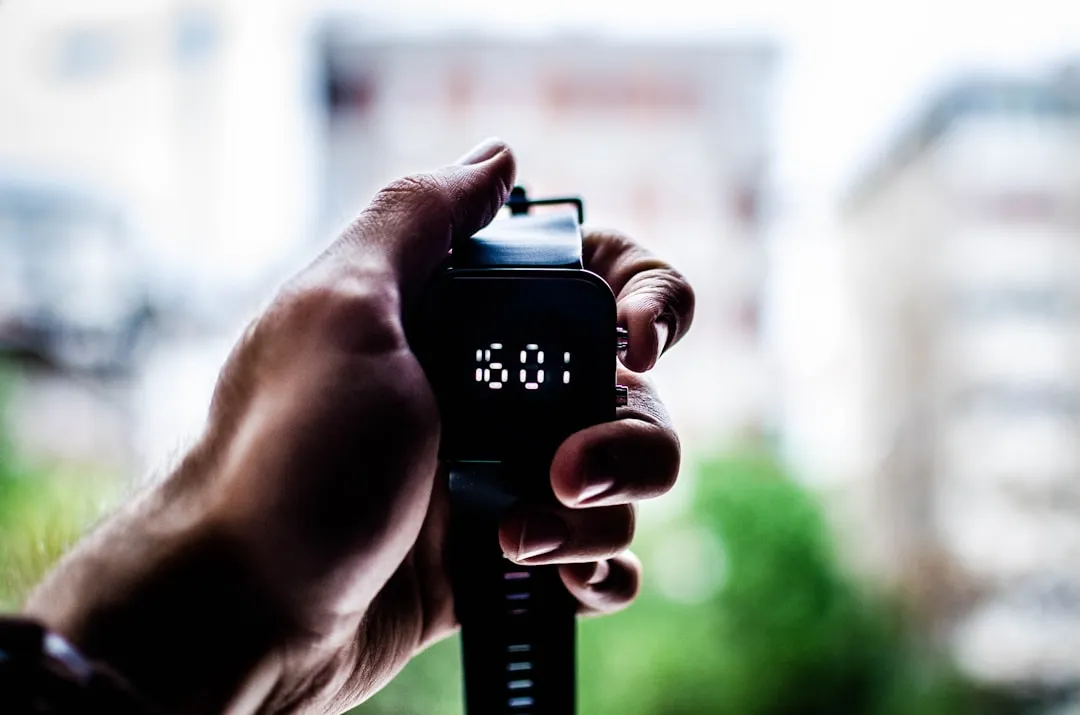
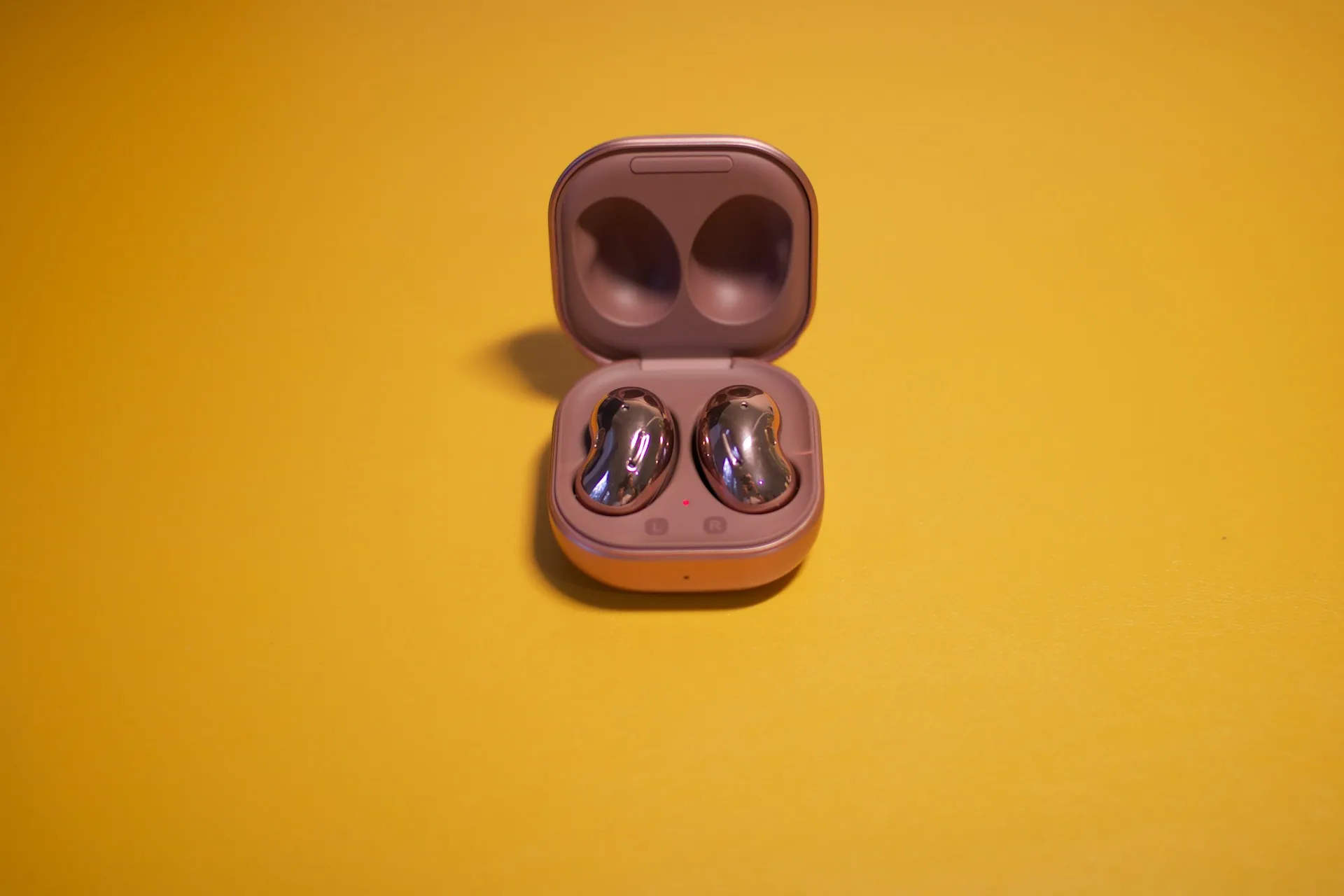
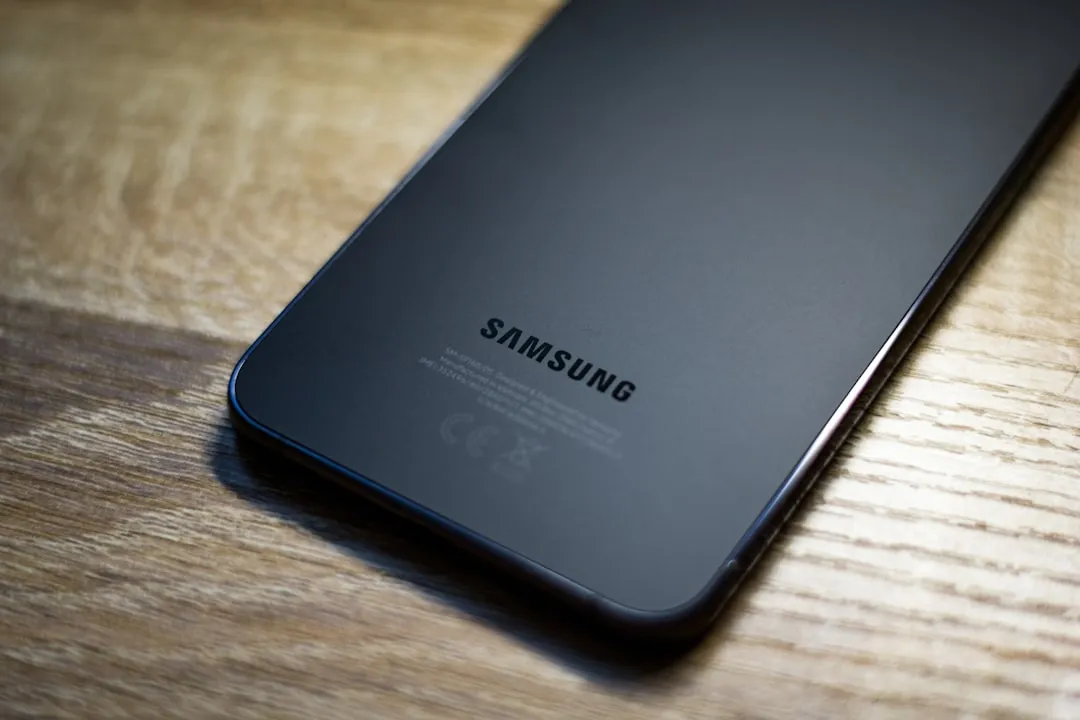

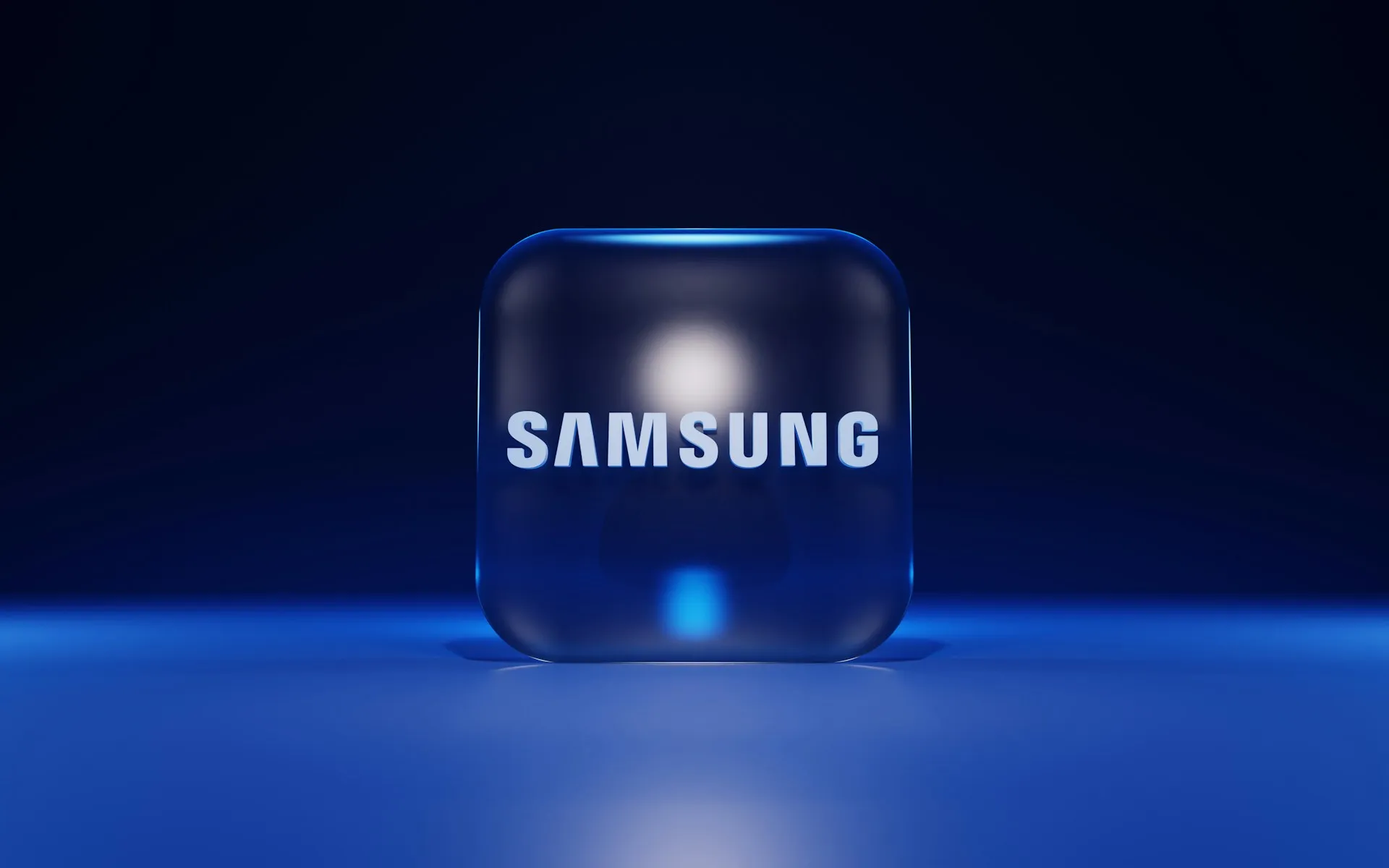
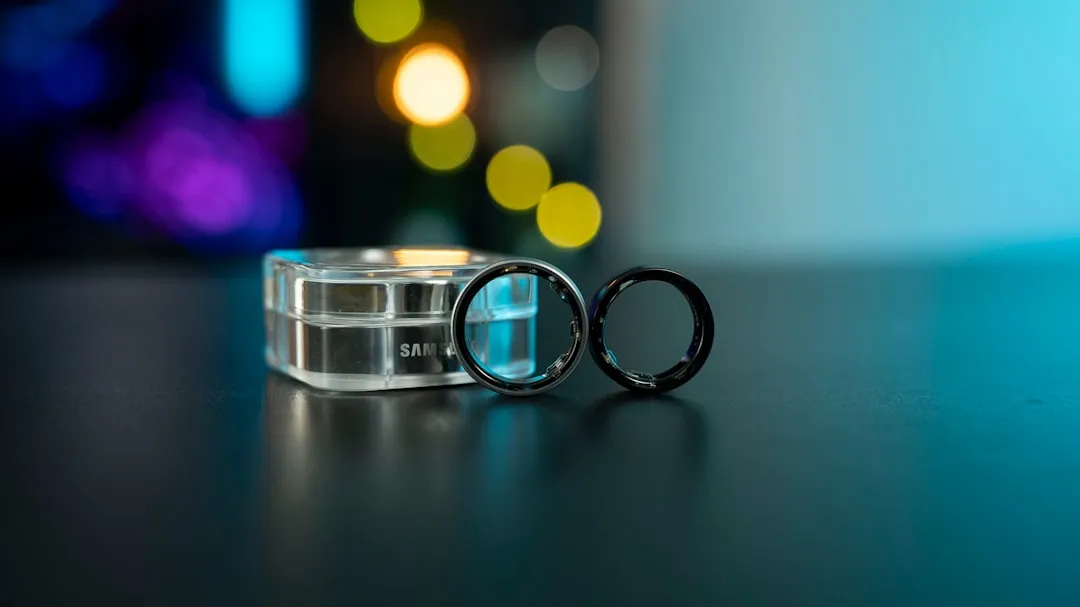

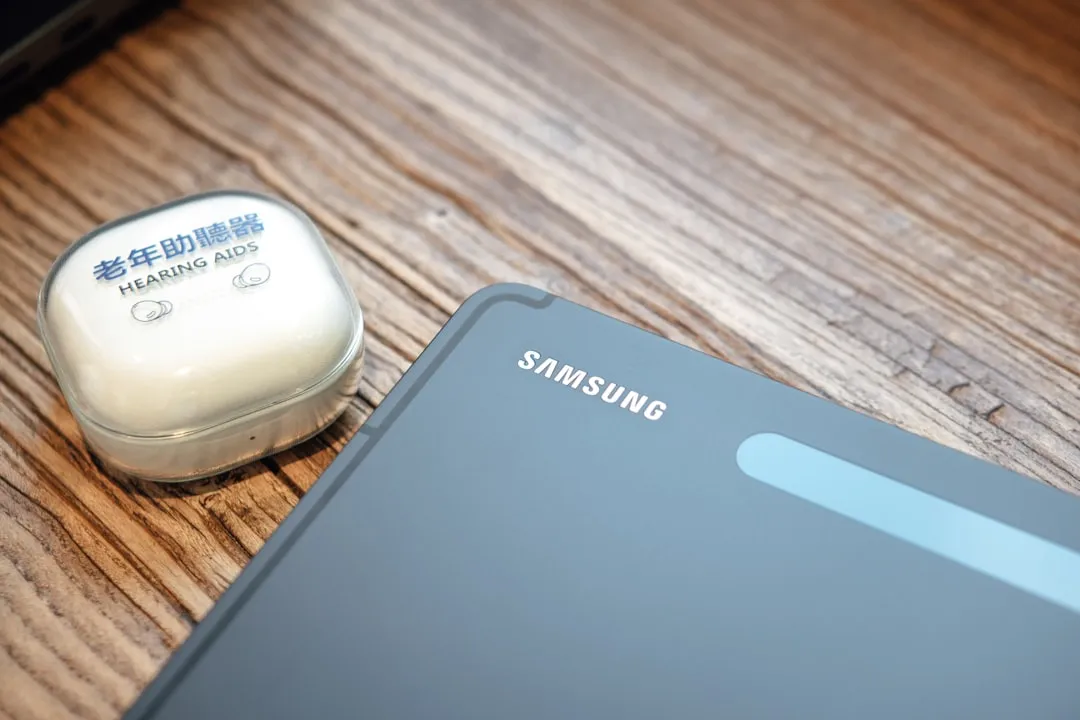
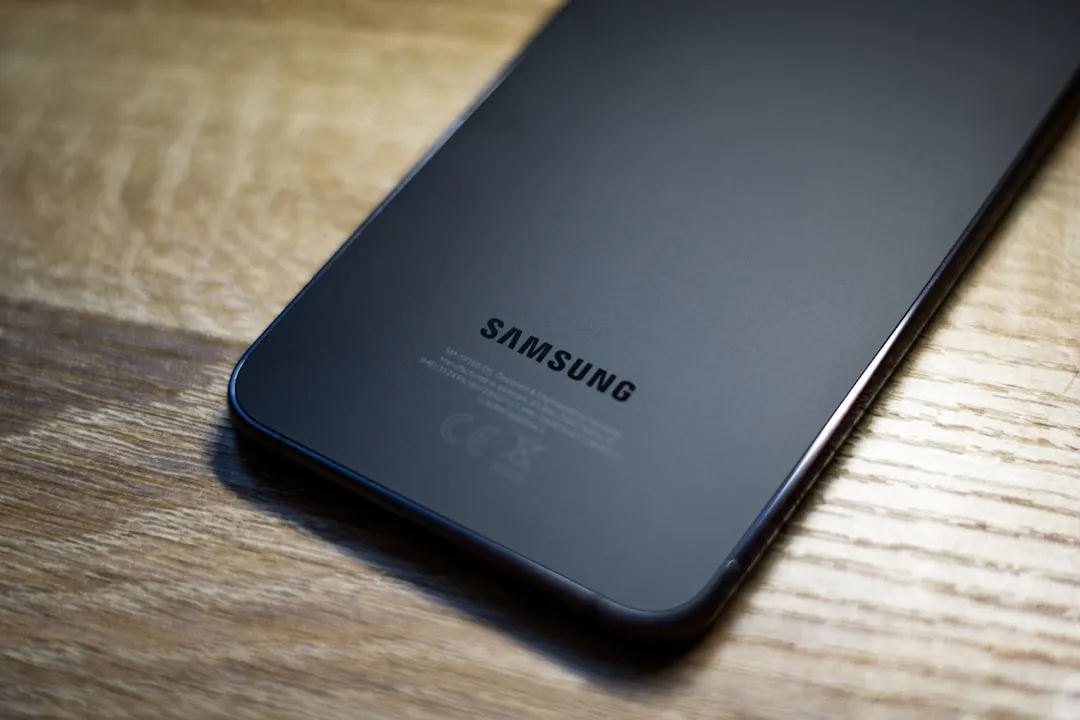



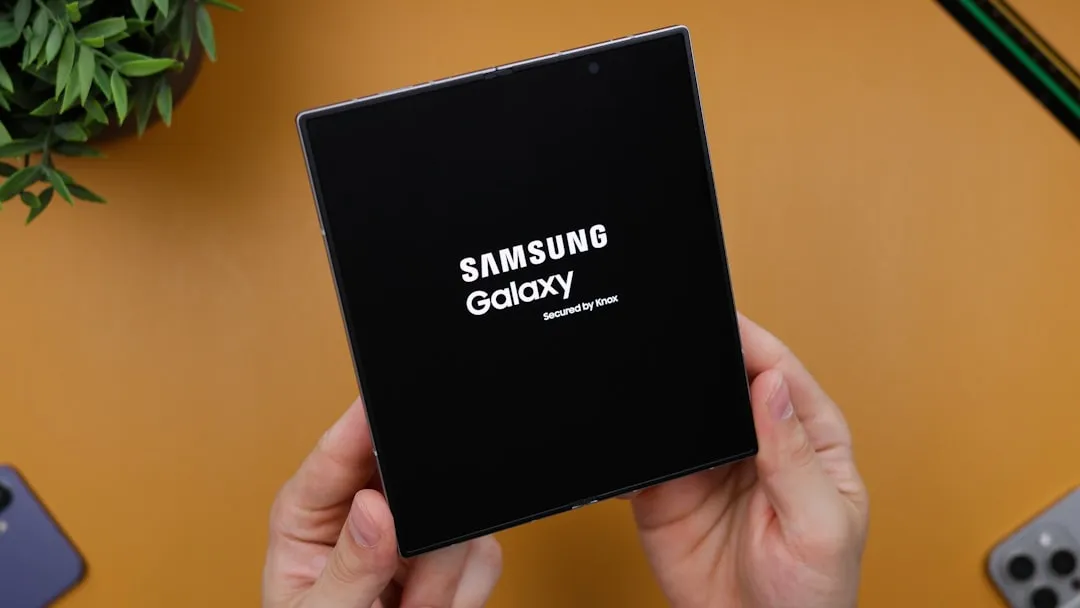

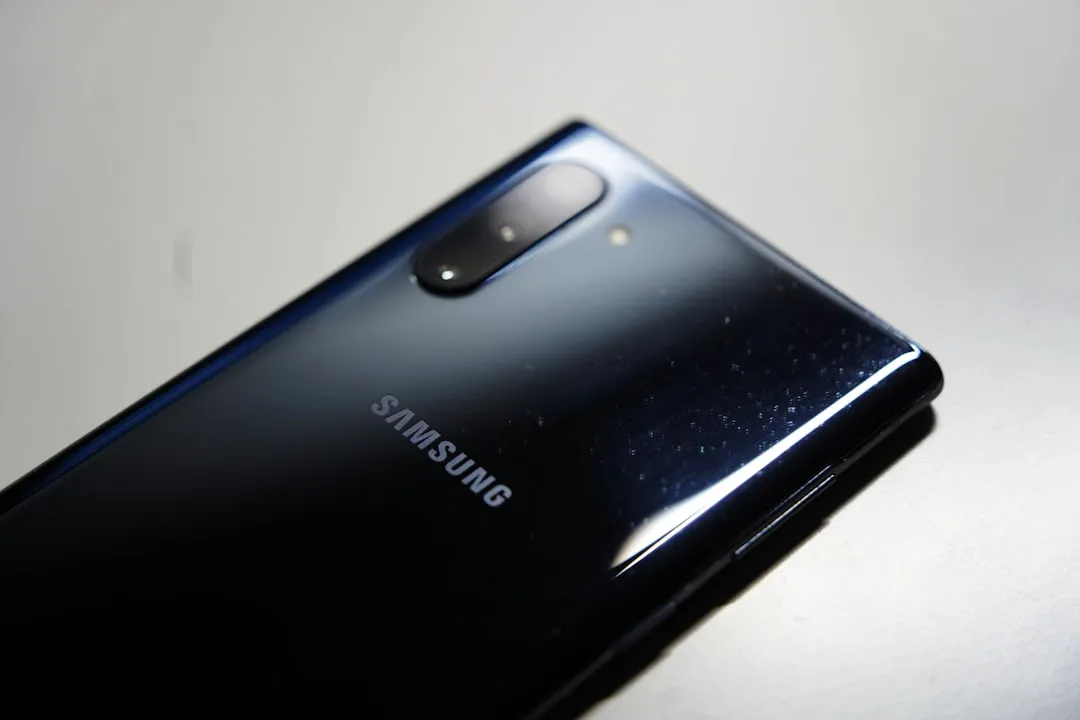
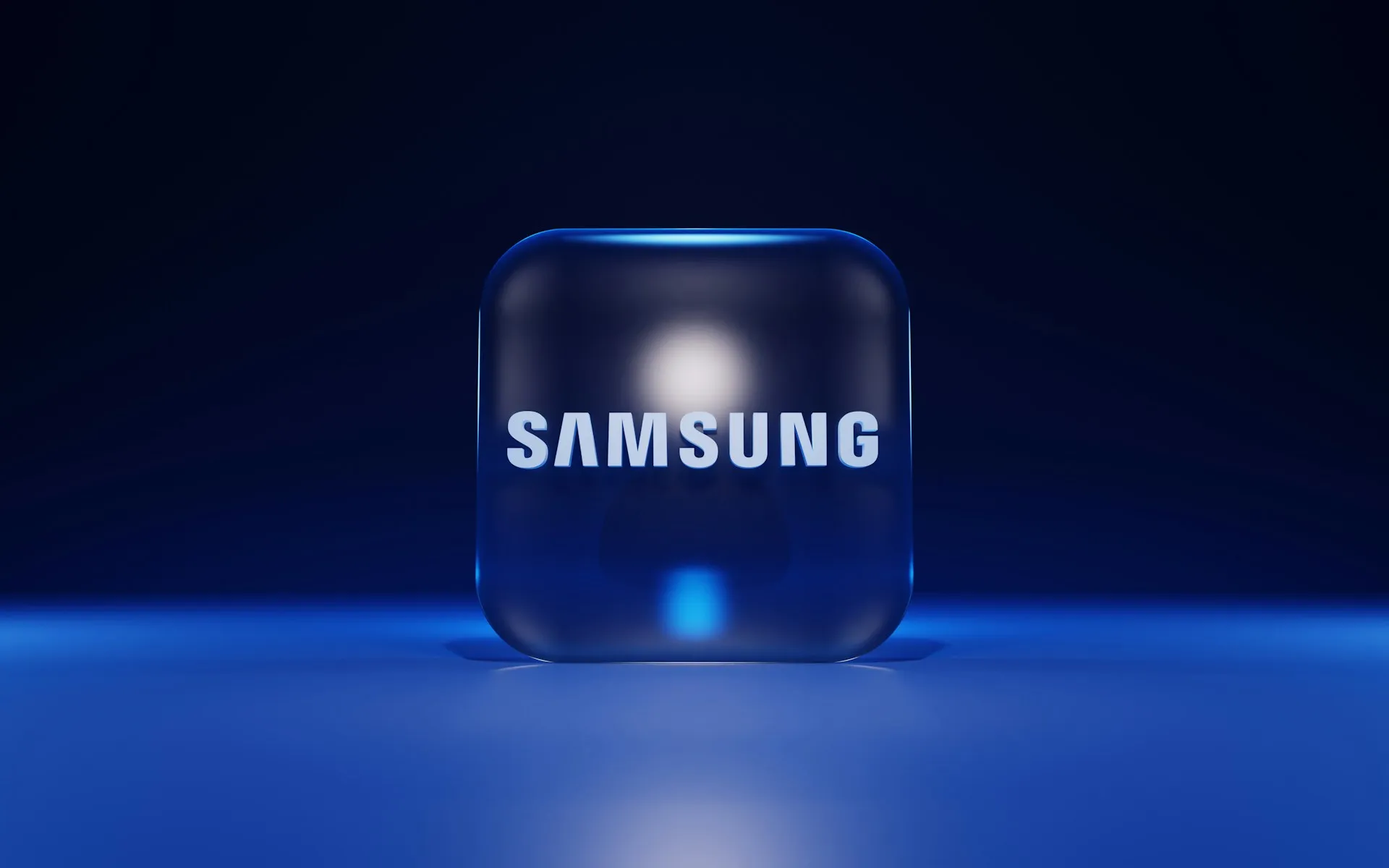
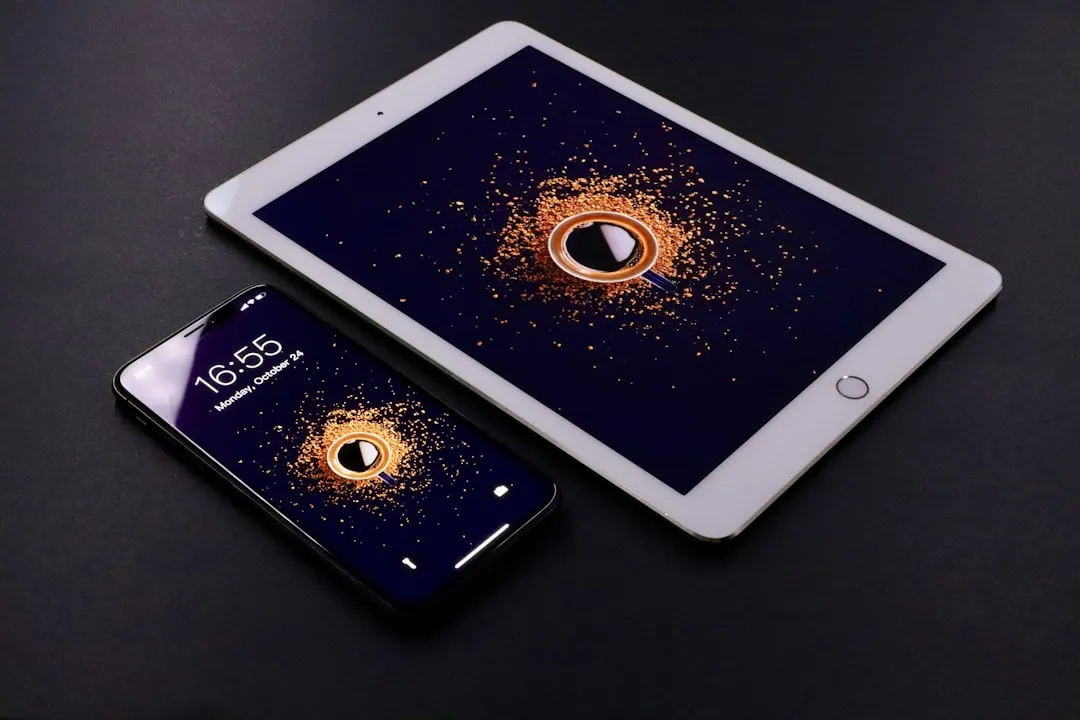
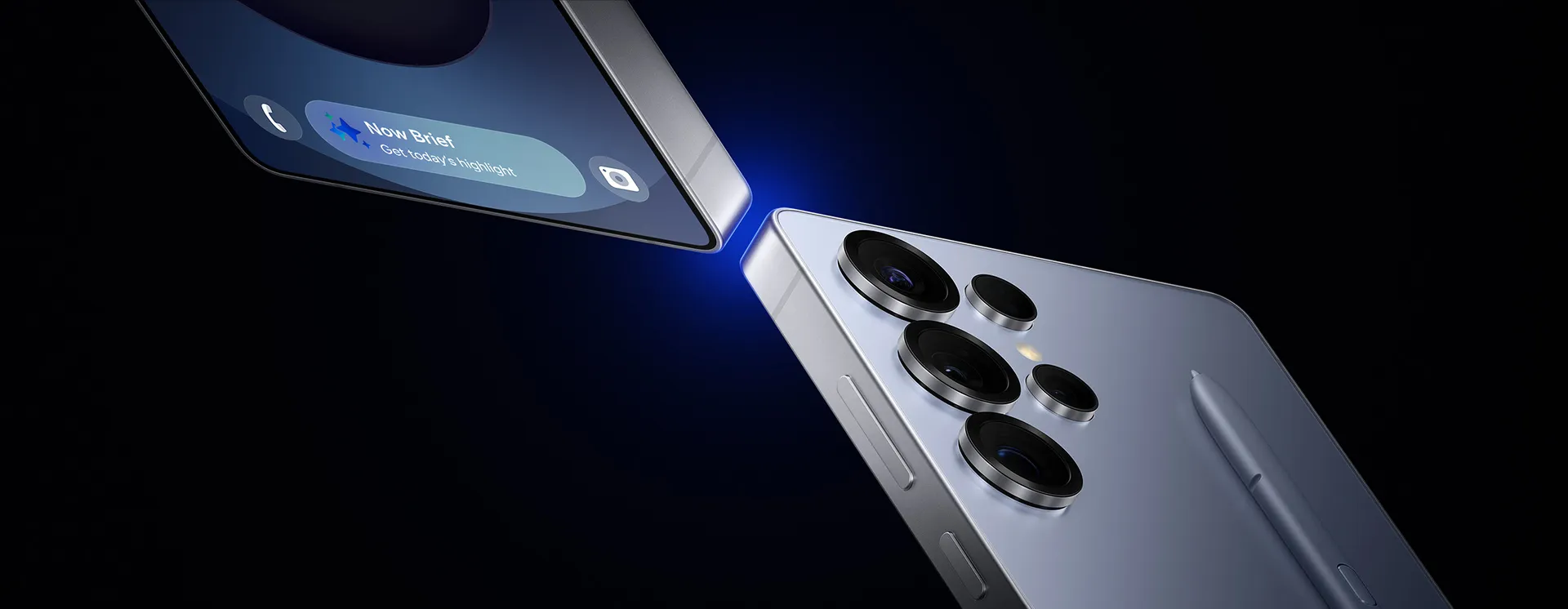

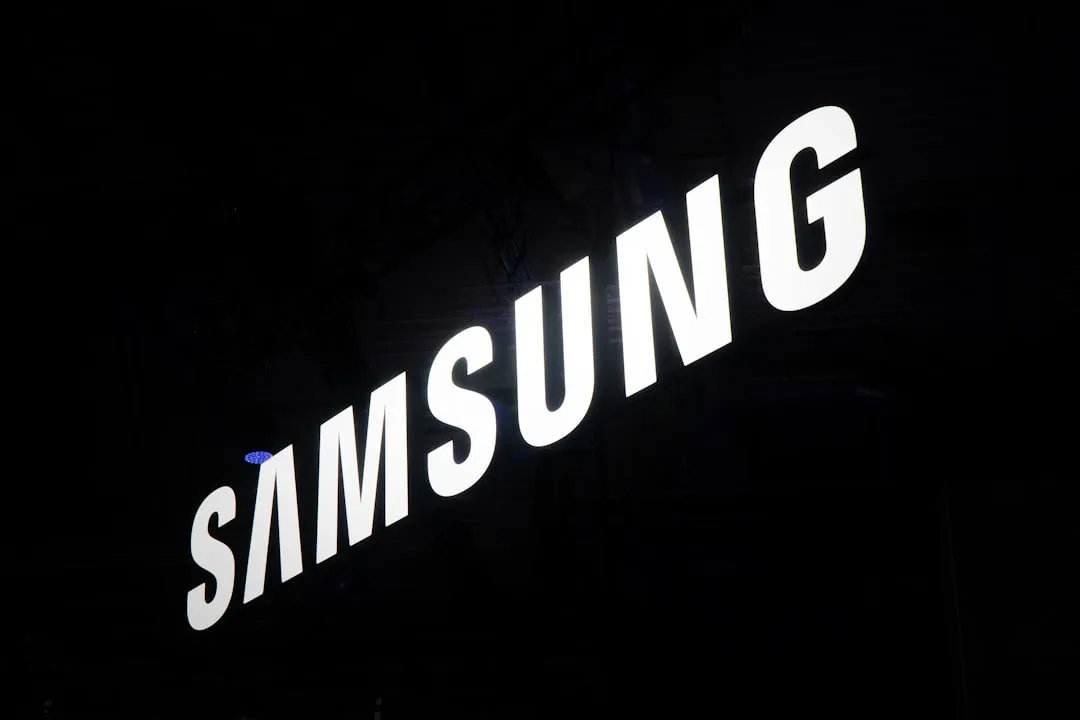

Comments
Be the first, drop a comment!